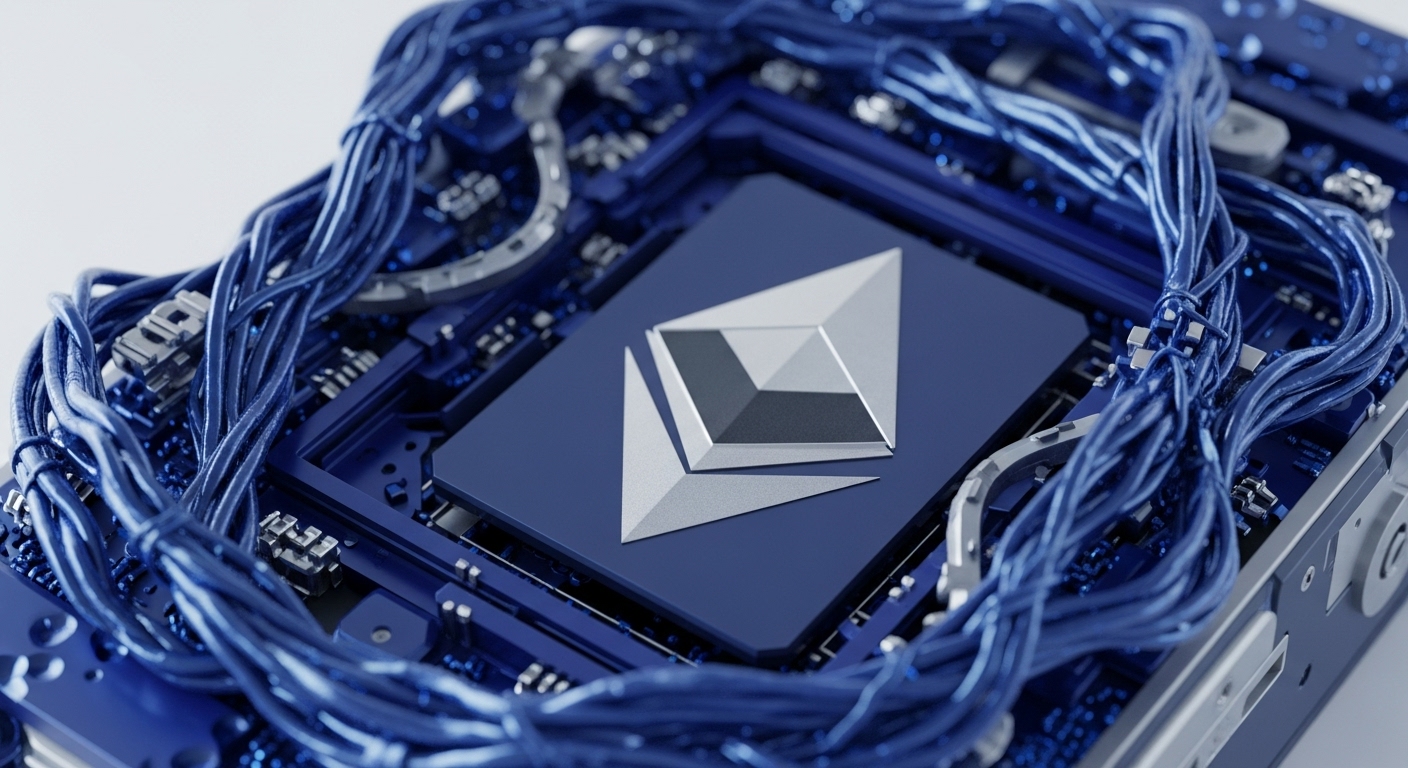
Briefing
Gate.io has unveiled Gate Layer, a new Ethereum Layer-2 network built on the OP Stack, designed to boost throughput to 5,700 transactions per second (TPS) and significantly reduce fees for Web3 decentralized applications. This strategic move expands Gate.io’s ecosystem, integrating three flagship dApps ∞ a decentralized perpetuals exchange (Perp), a no-code token launchpad (Gate Fun), and a real-time meme token tracker/trading hub (Meme Go). The initiative represents a centralized exchange’s calculated push into Layer-2 solutions and DeFi, aiming to enhance user retention through superior performance and novel services.

Context
Before Gate Layer, the broader Web3 ecosystem faced persistent challenges with scalability and high transaction costs on foundational Layer 1 blockchains, particularly Ethereum. This friction often translated into suboptimal user experiences, hindering mainstream adoption for dApps in DeFi and gaming. Centralized exchanges, while offering liquidity, have historically grappled with retaining users seeking decentralized alternatives, often due to a lack of integrated, high-performance on-chain services directly within their ecosystems. This created a product gap where users navigated between centralized platforms for fiat on-ramps and disparate, often congested, decentralized networks for dApp engagement.

Analysis
Gate Layer directly alters the application layer by providing a high-throughput, low-cost environment for dApps, fundamentally changing user incentive structures and competitive dynamics. Its OP Stack foundation ensures EVM compatibility, fostering seamless migration and development for existing Ethereum-based protocols. The integration of LayerZero for cross-chain interoperability positions Gate Layer as a versatile hub for capital and data flows across various blockchain networks. The bundled flagship dApps ∞ a decentralized perpetuals exchange, a no-code launchpad, and a meme token tracker ∞ create a self-contained, high-utility ecosystem.
This approach creates a powerful flywheel effect, attracting both developers seeking efficient deployment and users desiring a comprehensive, low-friction Web3 experience. Competing protocols face increased pressure to match Gate Layer’s performance and integrated service offerings, particularly as centralized entities leverage their existing user bases to drive Layer-2 adoption.

Parameters
- Protocol Name ∞ Gate Layer
- Underlying Technology ∞ Ethereum OP Stack Layer-2
- Peak Throughput ∞ 5,700 Transactions Per Second (TPS)
- Gas Token ∞ GT (Gate.io’s native token)
- Flagship dApps Launched ∞ Decentralized Perpetuals Exchange (Perp), No-Code Token Launchpad (Gate Fun), Real-Time Meme Token Tracker/Trading Hub (Meme Go)
- Cross-Chain Interoperability ∞ LayerZero Integration

Outlook
Gate Layer’s launch signals a significant trend where centralized exchanges actively build out their decentralized infrastructure, aiming to capture and retain a broader segment of the Web3 market. This innovation could become a foundational building block, attracting other dApps to deploy on Gate Layer, leveraging its high throughput and integrated services. The use of GT as the gas token further strengthens the Gate.io ecosystem, creating additional utility and demand for its native asset.
Competitors will likely attempt to replicate this model, either by launching their own Layer-2 solutions or by deeply integrating with existing ones. The next phase will involve aggressive ecosystem development, potentially through grants and developer incentives, to onboard more third-party dApps and expand the utility of the integrated flagship products.
